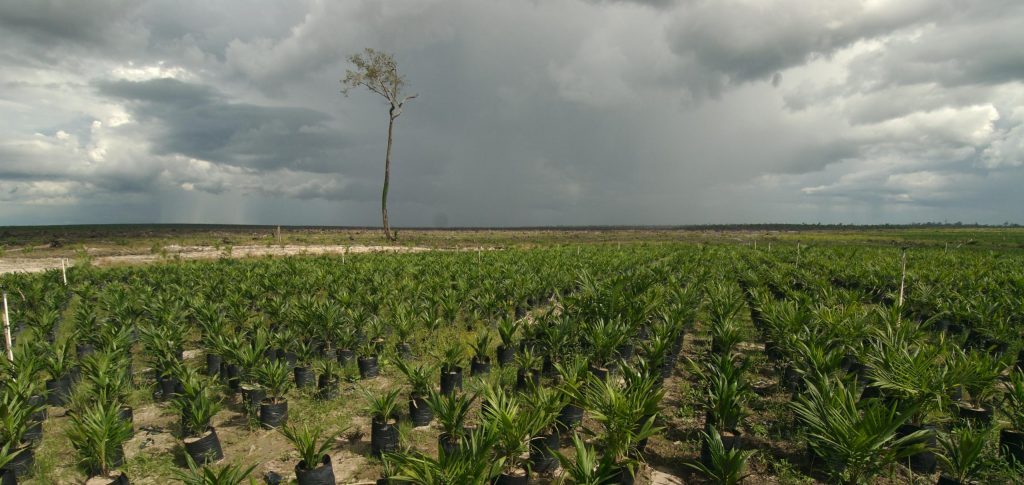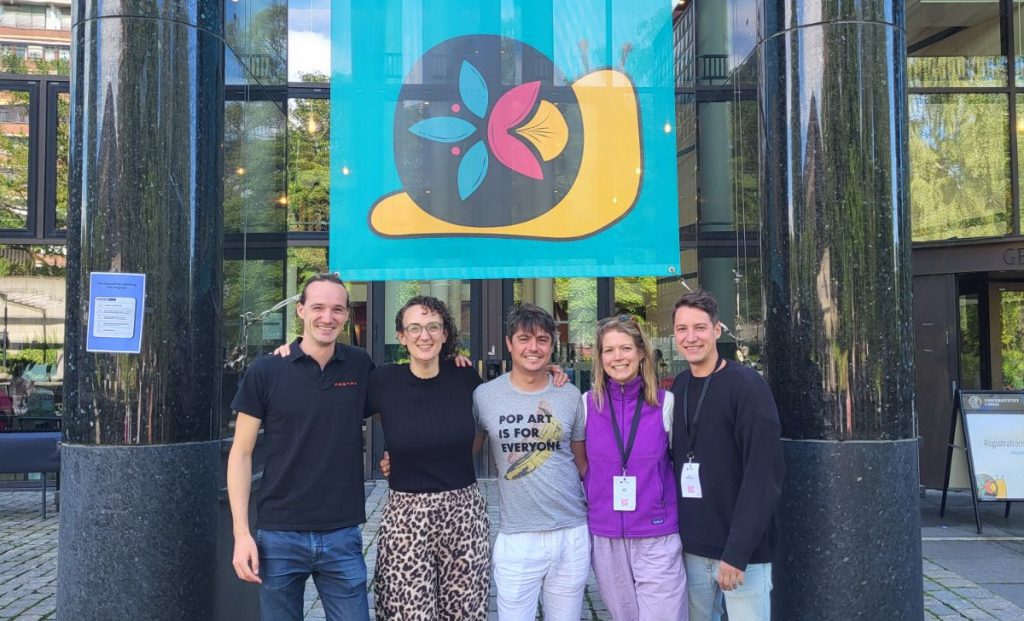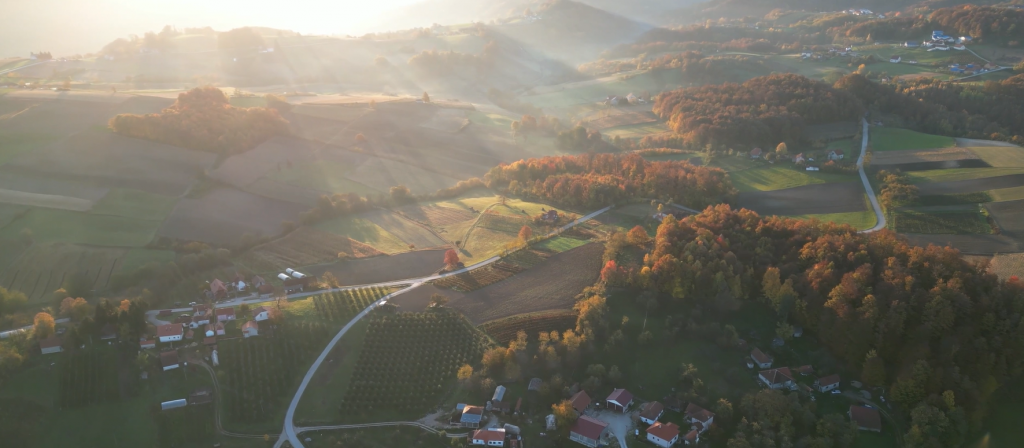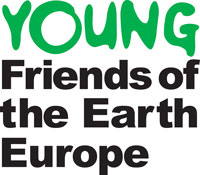A coalition of groups [1], including Friends of the Earth, Birdlife, Biofuelwatch, Compassion in World Farming and European Environment Bureau has united to call for European governments, and the EU as a whole, to reduce Europe’s land footprint – the amount of land we use each year for food, textiles, wood, biofuels etc [2].
Research has shown that the EU is effectively ‘importing’ 1,212,050 square kilometres of agricultural land to meet its demand for food, textiles and biofuels [3], and even more land is used to produce forest products like paper, and for mining minerals and fossil fuels.
This massive import of land is happening at the same time as land is under increasing pressure around the world, with land grabbing taking land away from local people. In addition, the EU has made the problem worse by adopting ill-advised policies promoting biofuels and biomass burning.
The launch of the coalition comes as the EU is examining how to measure Europe’s resource use, and Friends of the Earth and others are pushing for land footprint, along with carbon footprint, water footprint and material use, to be the basis for this measurement. By measuring and managing Europe’s resource use we will be able to become more resource efficient, reduce waste, bring down the cost of materials, and create jobs in resource efficient industries.
It’s not just about government action, individuals and organisations can also do their bit to reduce our land footprint, for example through:
- avoiding food waste, and reducing the amount of animal products (meat and dairy) that you eat
- reducing your paper use, and making sure the paper you do use is recycled
- buying second hand clothes and making sure your clothes are re-used or recycled when you’ve finished with them
– – –
NOTES:
[1] The groups and individuals listed on the right have signed up to the land footprint coalition. [2] The land footprint coalition statement is as follows:We call on European countries, and the EU, to:
1) Measure and publicly report on their land footprint, along with their use of other key resources – water footprint, carbon footprint and overall material use.
2) Set targets to reduce their land footprint and other resource use towards sustainable and equitable levels.
3) Create policies to reduce their land footprint, whilst also reducing other resource use, for example through cutting food waste, and changing diets by reducing significantly the consumption of animal products in high consuming populations.
4) Require large companies registered in the EU to publicly report on their land footprint in the context of their overall resource efficiency reporting, and their strategies for reducing this footprint whilst also reducing other resource use.
5) Examine all relevant existing and new policies to identify how they can be modified in order to reduce Europe’s land footprint and other resource use, for example policies on renewable energy, biofuels and agriculture.
6) Promote good stewardship of land and livestock, and sustainable farming to protect the planet and its resources.
7) Protect customary and traditional land rights, and promote fair and transparent land governance and genuine land reform around the world.
8) Put in place measures to curb the financing of land grabs through policies that apply to both large scale investments and financial speculation on land.
[3] ‘Hidden impacts: How Europe’s resource overconsumption promotes global land conflicts’, Sustainable Europe Research Institute for Friends of the Earth, March 2013,







